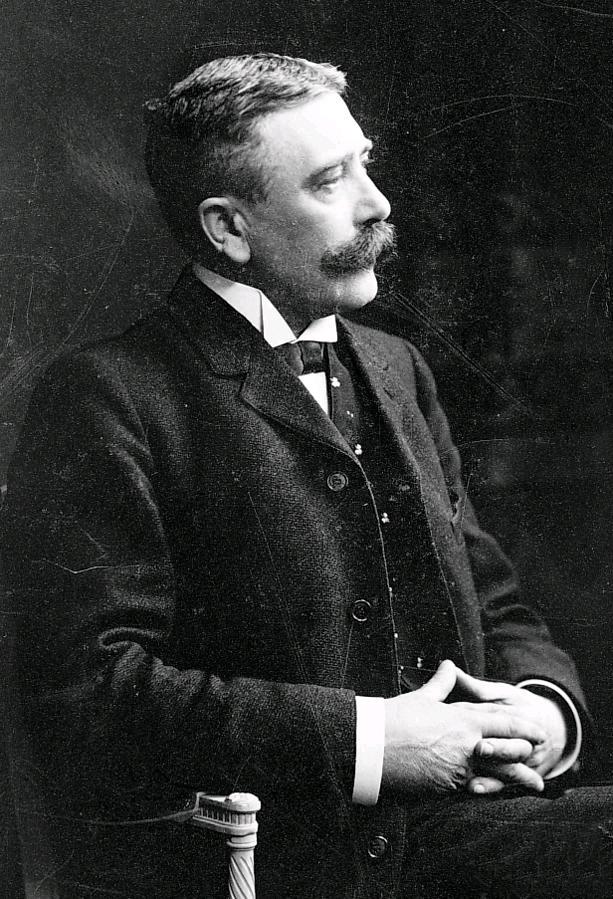The Swiss linguist and founder of structuralism, Ferdinand de Saussure, describes the sign and its arbitrary relation to reality.

The link between signal and signification is arbitrary. Since we are treating a sign as the combination in which a signal is associated with a signification, we can express this more simply as: the linguistic sign is arbitrary. …
No one disputes the fact that linguistic signs are arbitrary. But it is often easier to discover a truth than to assign it to its correct place. The principle stated above is the organising principle for the whole of linguistics, considered as a science of language structure. The consequences which flow from this principle are innumerable. It is true that they do not all appear at first sight equally evident. One discovers them after many circuitous deviations, and so realises the fundamental importance of the principle.
It may be noted in passing that when semiology is established one of the questions that must be asked is whether modes of expression which rely upon signs that are entirely natural (mime, for example) fall within the province of semiology. If they do, the main object of study in semiology will none the less be the class of systems based upon the arbitrary nature of the sign. For any means of expression accepted in a society rests in principle upon a collective habit, or on convention, which comes to the same thing. Signs of politeness, for instance, although often endowed with a certain natural expressiveness (prostrating oneself nine times on the ground is the way to greet an emperor in China) are none the less fixed by rule. It is this rule which renders them obligatory, not their intrinsic value. We may therefore say that signs which are entirely arbitrary convey better than others the ideal semiological process. That is why the most complex and the most widespread of all systems of expression, which is the one we find in human languages, is also the most characteristic of all. In this sense, linguistics serves as a model for the whole of semiology, even though languages represent only one type of semiological system.
The word symbol is sometimes used to designate the linguistic sign, or more exactly that part of the linguistic sign which we are calling the signal. This use of the word symbol is awkward, for reasons connected with our first principle. For it is characteristic of symbols that they are never entirely arbitrary. They are not empty configurations. They show at least a vestige of natural connexion between the signal and its signification. For instance, our symbol of justice, the scales, could hardly be replaced by a chariot.
The word arbitrary also calls for comment. It must not be taken to imply that a signal depends on the free choice of the speaker. (We shall see later than the individual has no power to alter a sign in any respect once it has become established in a linguistic community.) The term implies simply that the signal is unmotivated: that is to say arbitrary in relation to its signification, with which it has no natural connexion in reality.
de Saussure, Ferdinand. 1959 [1916]. Course in General Linguistics. Translated by Wade Baskin. New York: Columbia University Press. || Amazon || WorldCat
